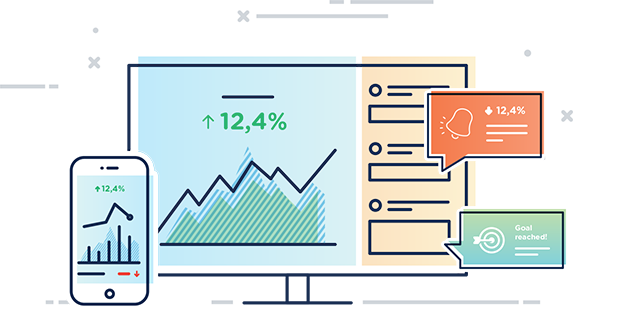Overpacing and underpacing is a comparison between the anticipated spending rate and the actual spending rate. Overpacing means you’ve spent more than you were supposed to during that time period and could run out before the end of the flight. Underpacing means you’ve spent less than you were supposed to and could have money left over by the end of the flight.
If your goal is to spend your budget evenly through a set period. Underpacing would mean you’re not spending enough to hit that number, over pacing means you’re spending too much and will go over that number. Again, this is if you are attempting to pace evenly.
Examples of Overpacing and Underpacing
Let’s say you had a $1,000 budget for 30 days.
On day 15, if you have spent $700, you are overpacing because you’ve spent more than anticipated by that time. If you have $1,000 to spend over a month, halfway through the month you’d expect to spend $500 of that. Overpacing means you’re spending more than intended (e.g. $600), underpacing means you’re spending less than intended (e.g. $400).
That’s a very straightforward example, obviously, we could calculate that differently based on data and expect to be somewhere not exactly half at the halfway point of the month.
In order to ensure you’re not spending too much of your budget too fast or not spending enough, these terms aid you in ensuring you don’t run into these issues. These concepts can be applied to Google Ads, Facebook, Instagram, or any digital media platforms that require a specific budget.
Free Budget Tracker Tool
Because I’ve gotten A LOT of questions about tools that will help with overpacing and underspacing, I’ve decided to create one!
This tool is a simple way to keep track of how your campaigns are performing and pacing. In order to use this tool and add your own content, click the image below. Then make a copy of the document and edit it away! You can also download this tool into an Excel spreadsheet.
I hope this tool will help those who are in need of additional support!

